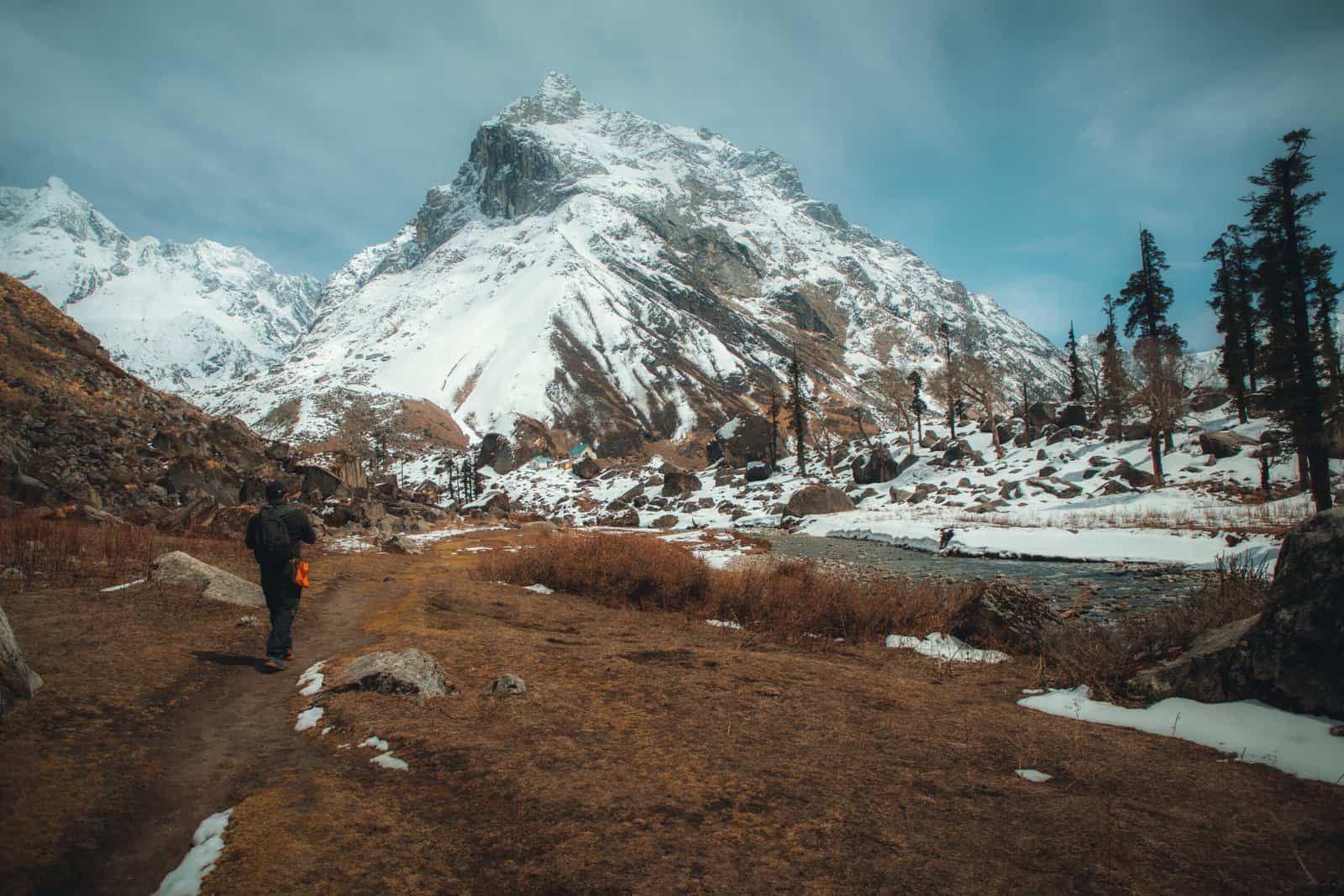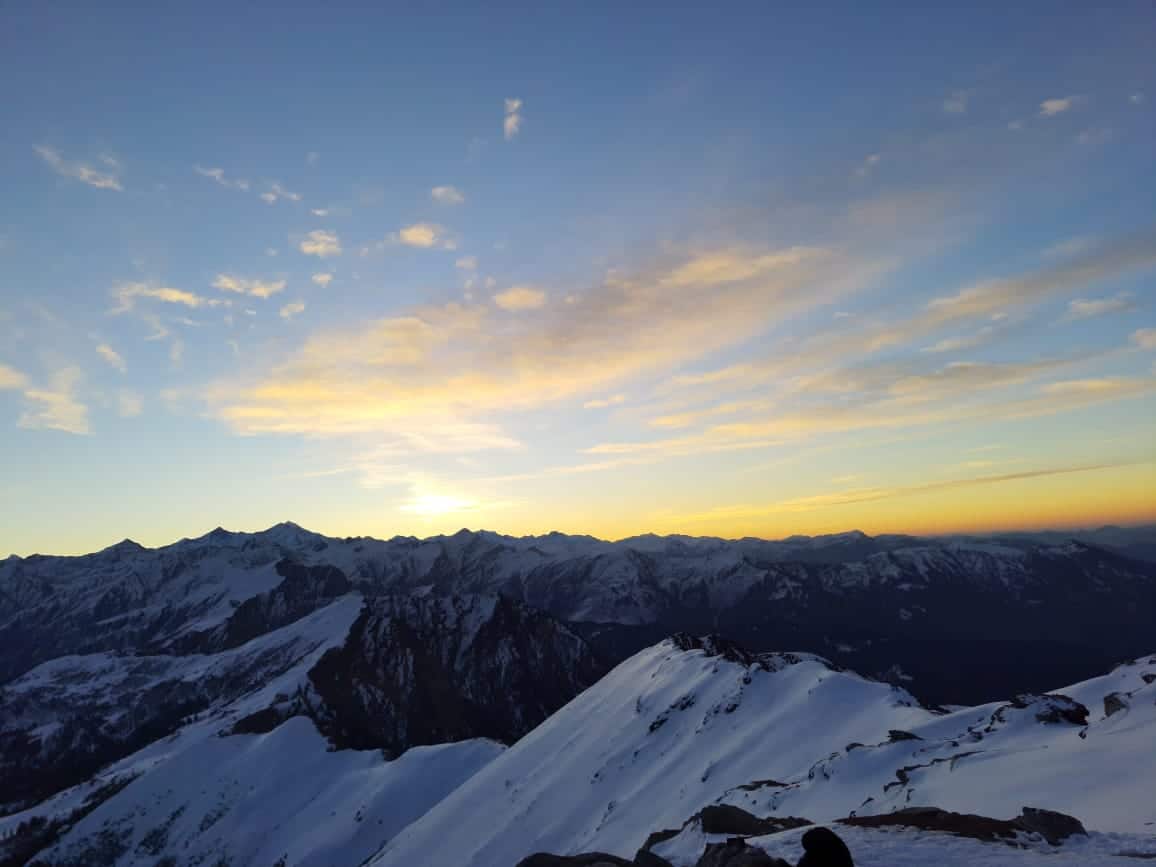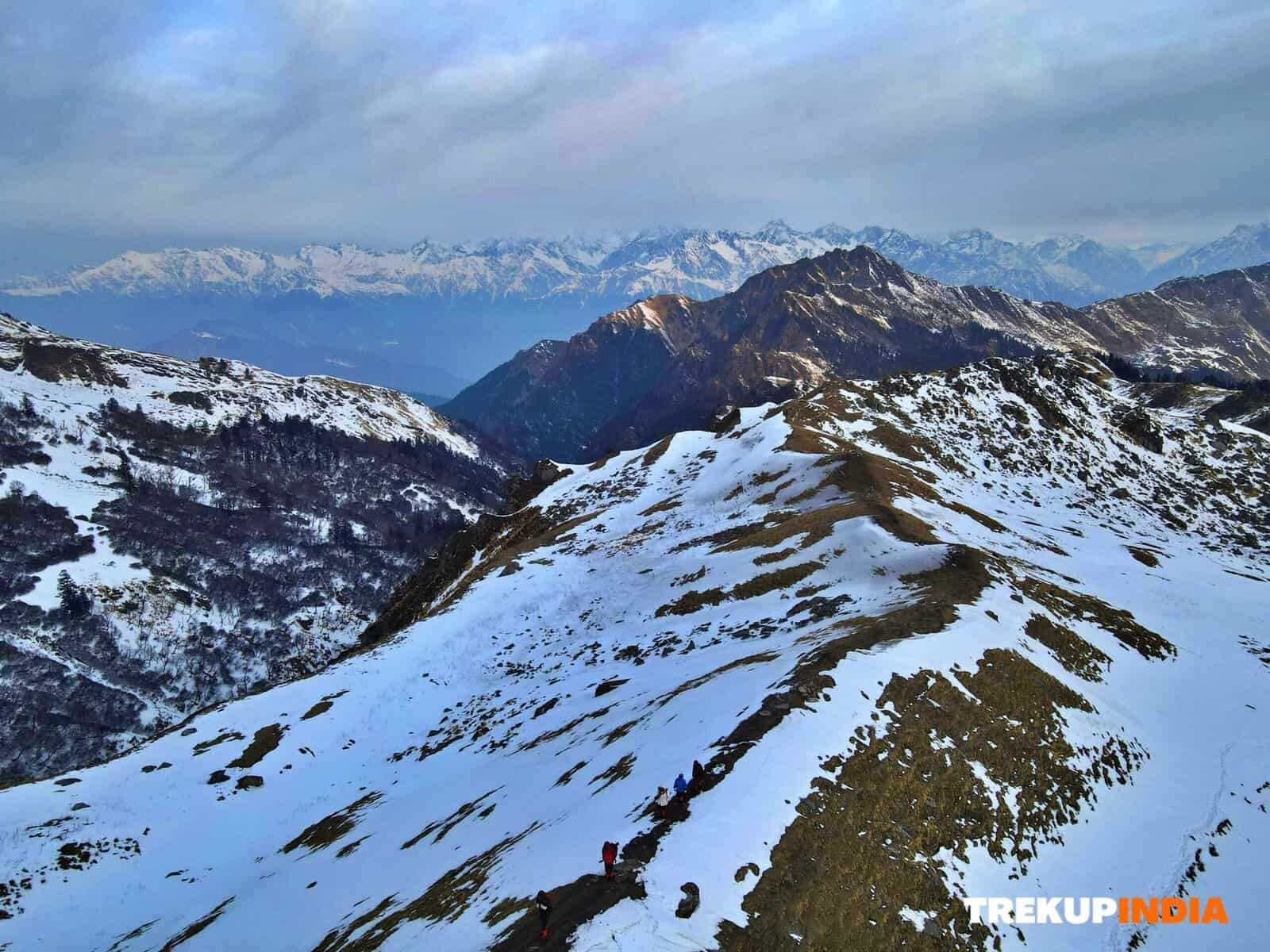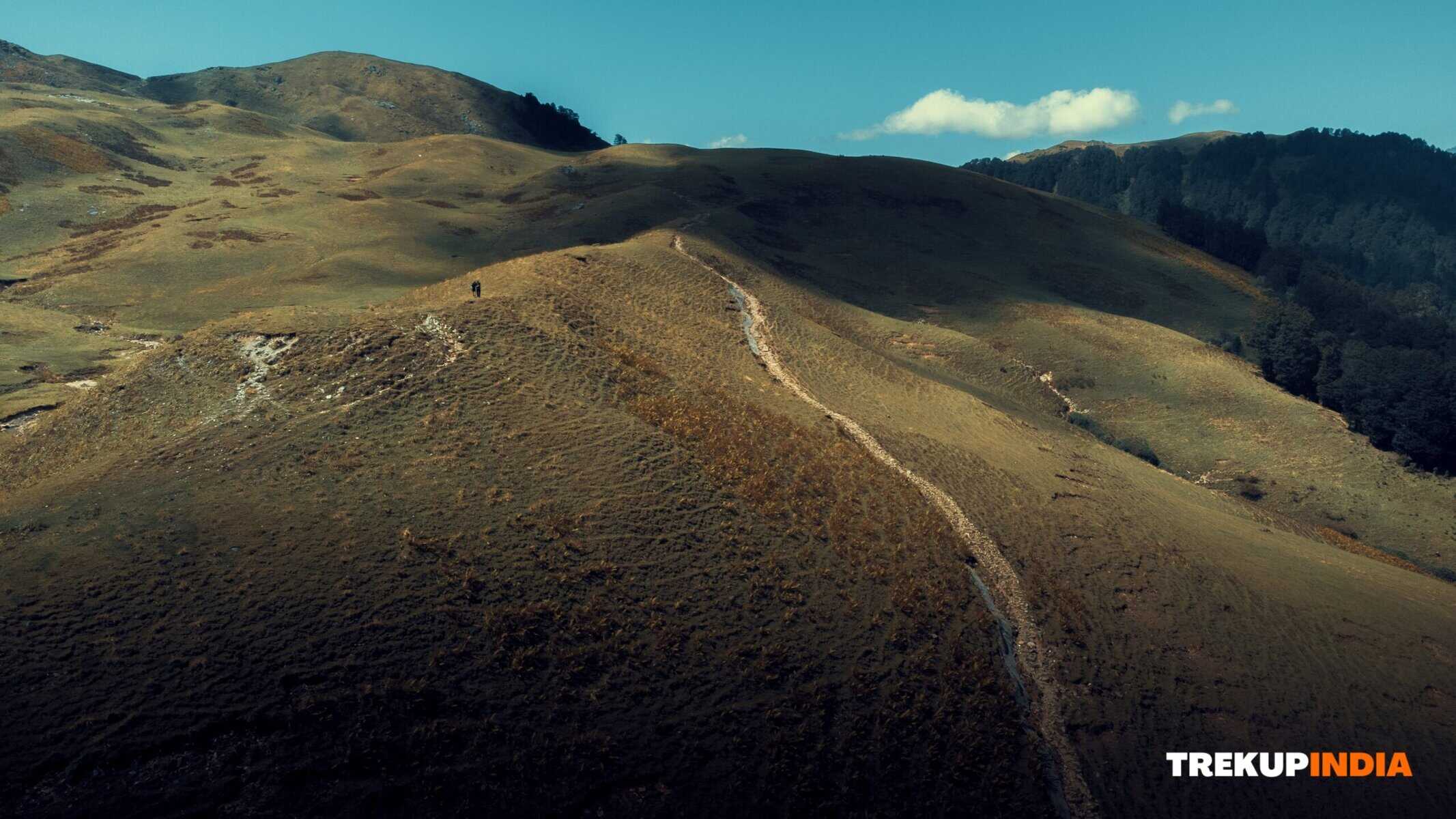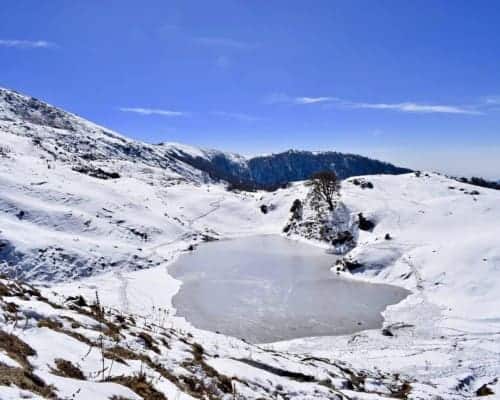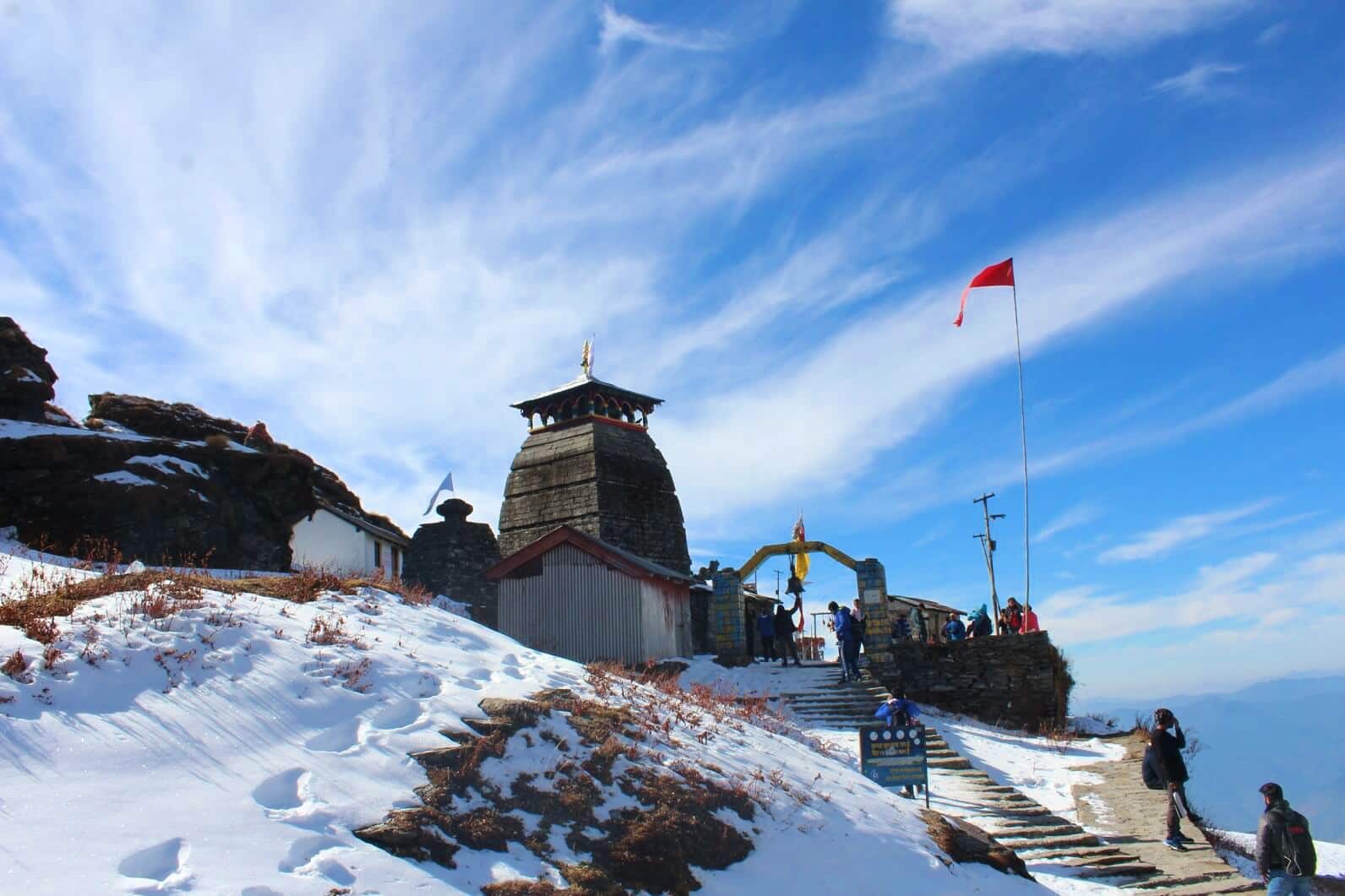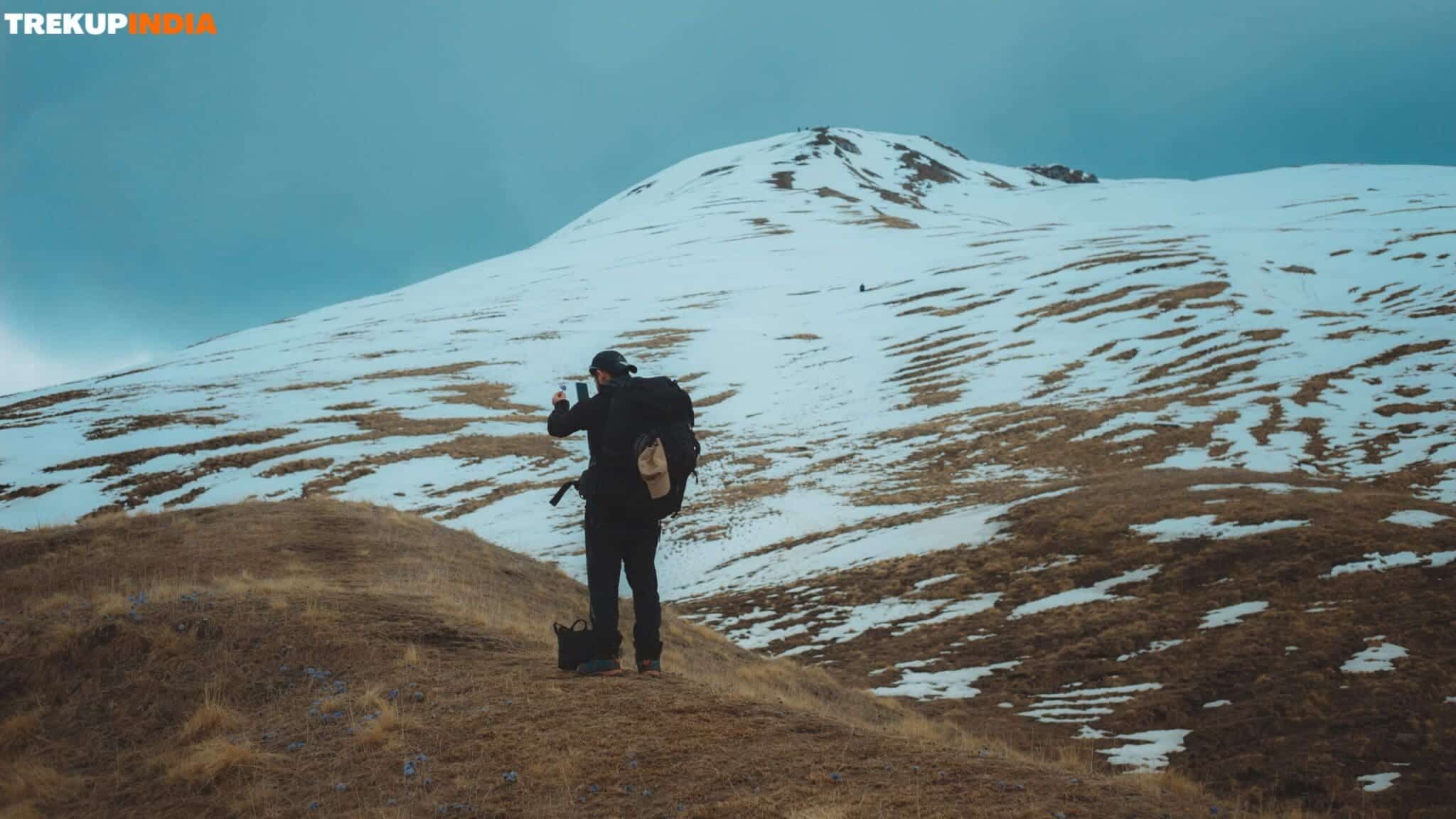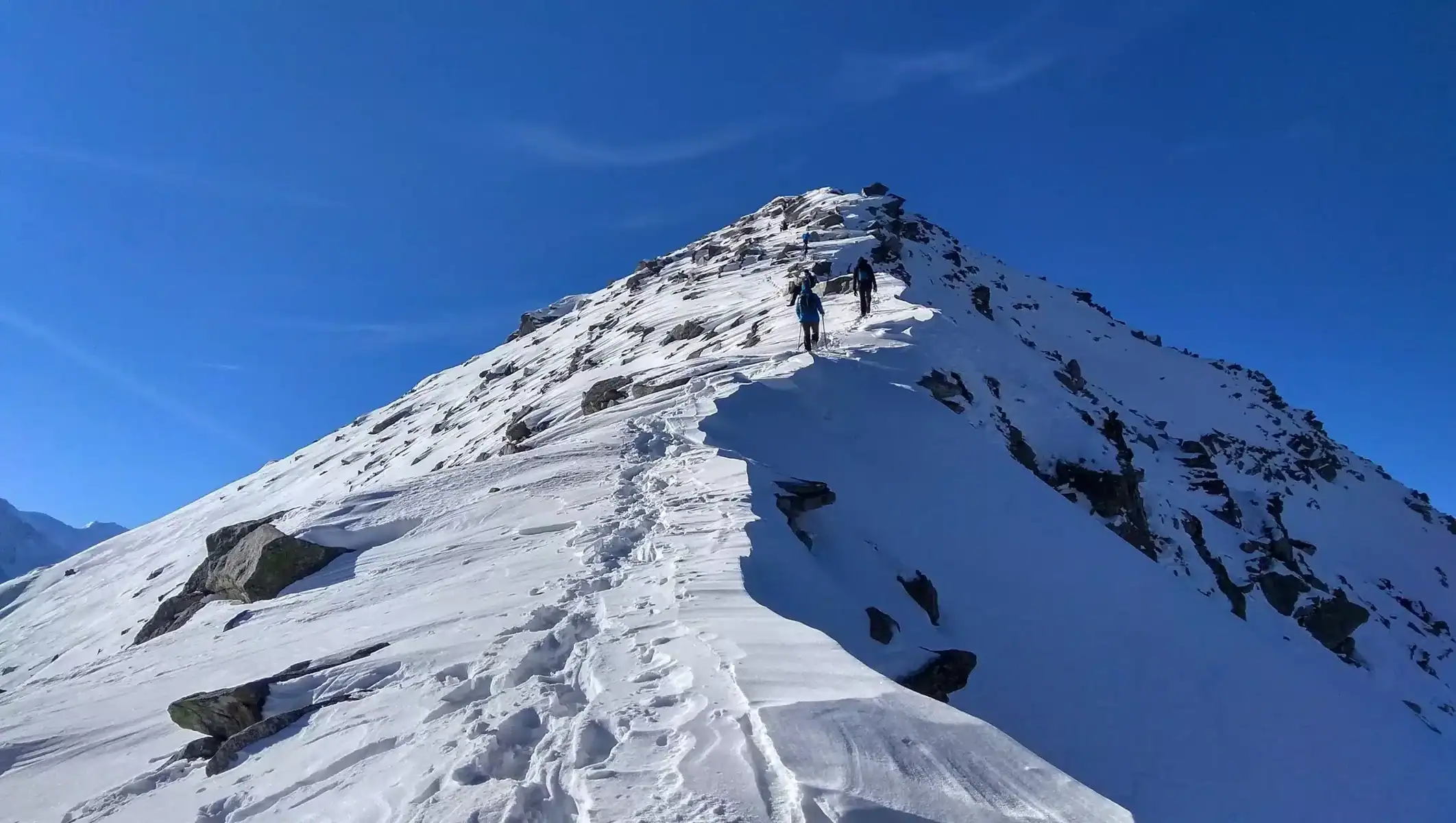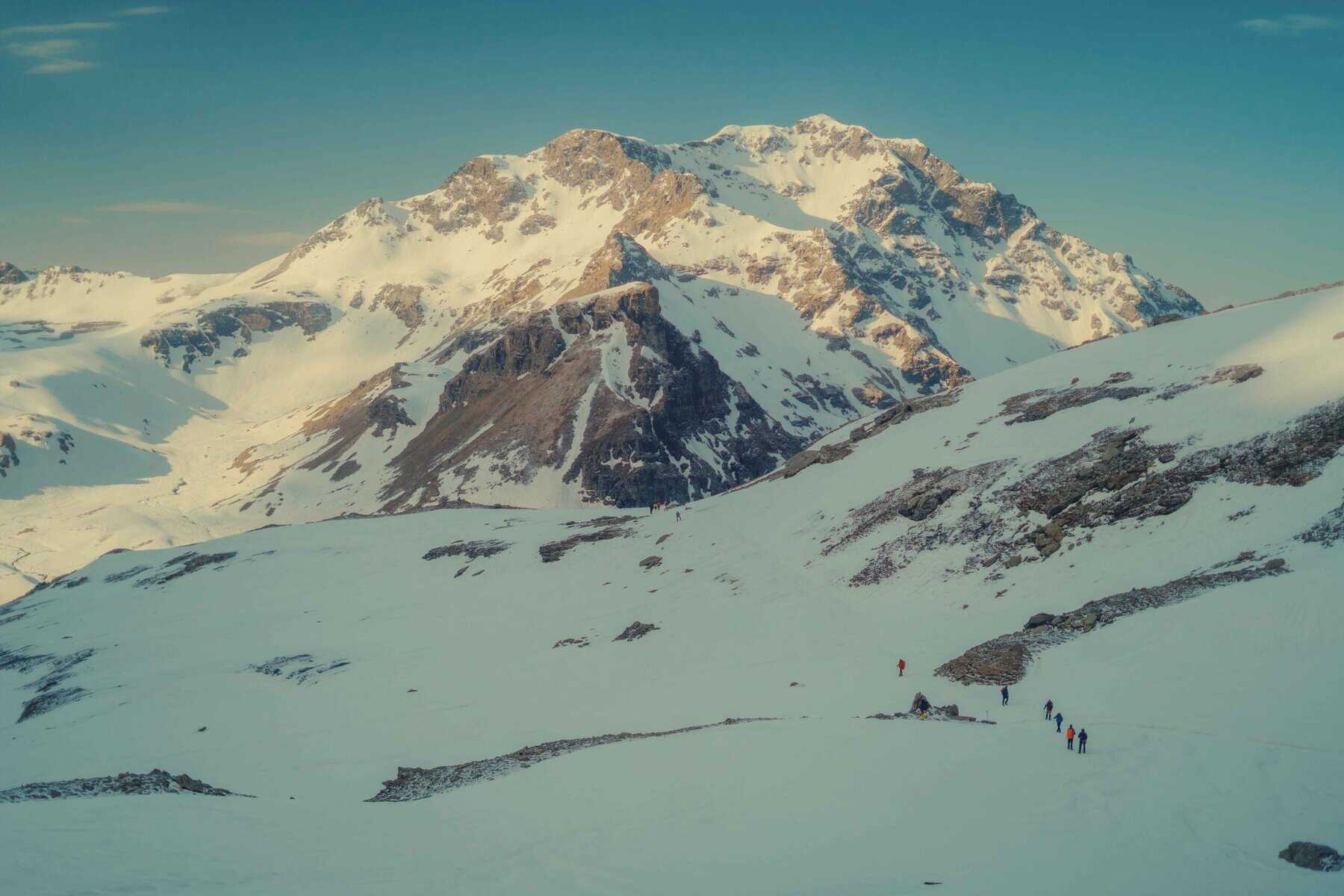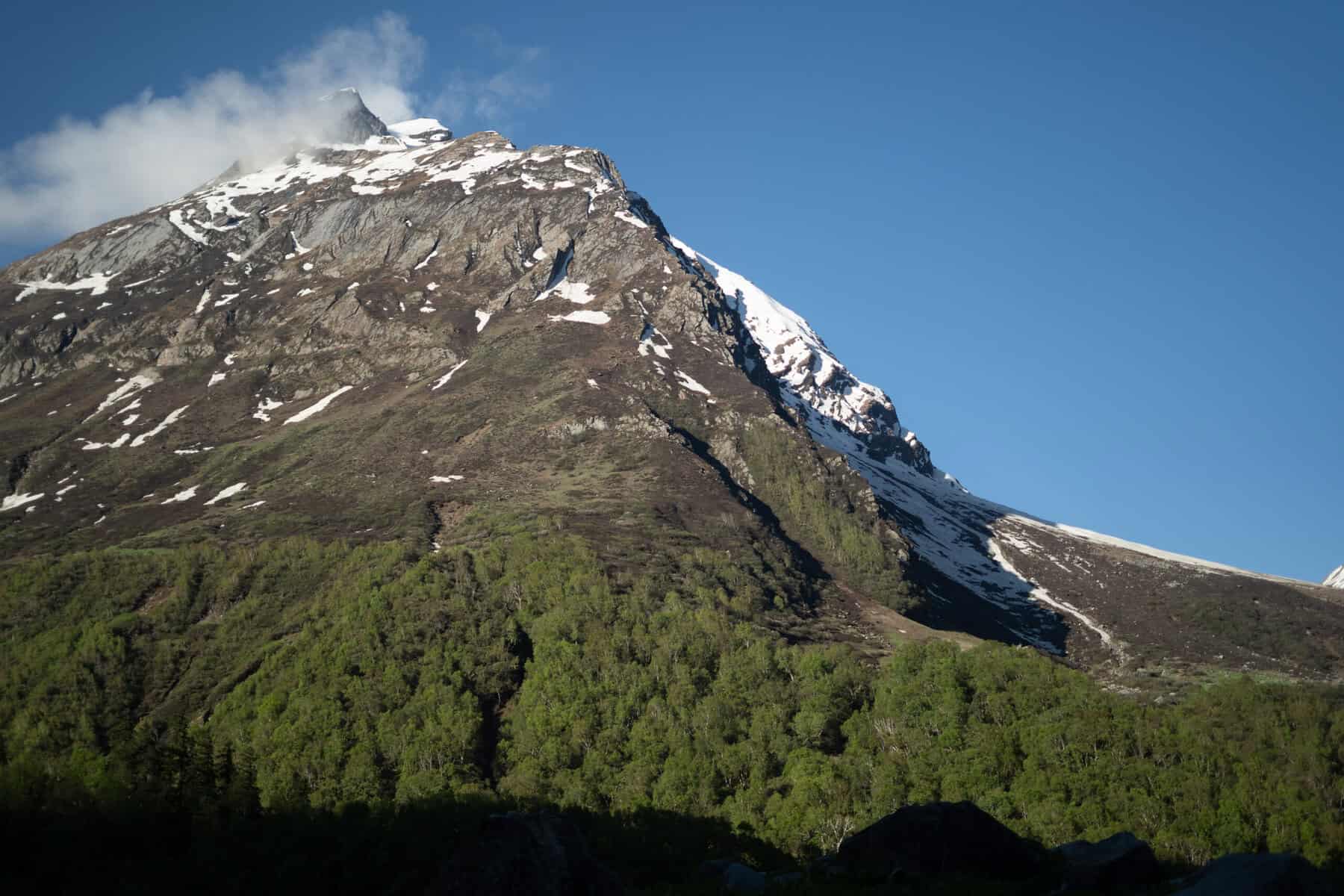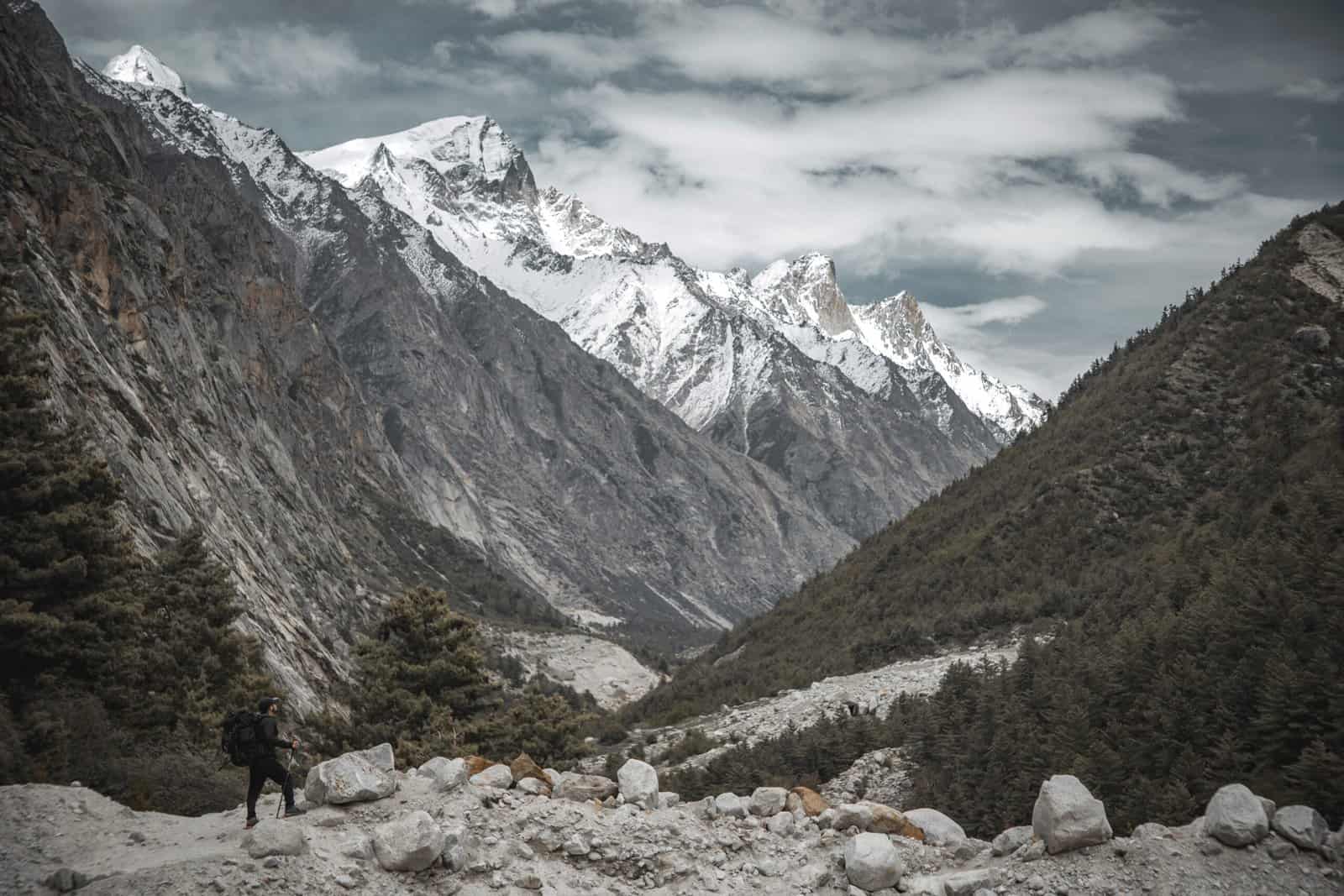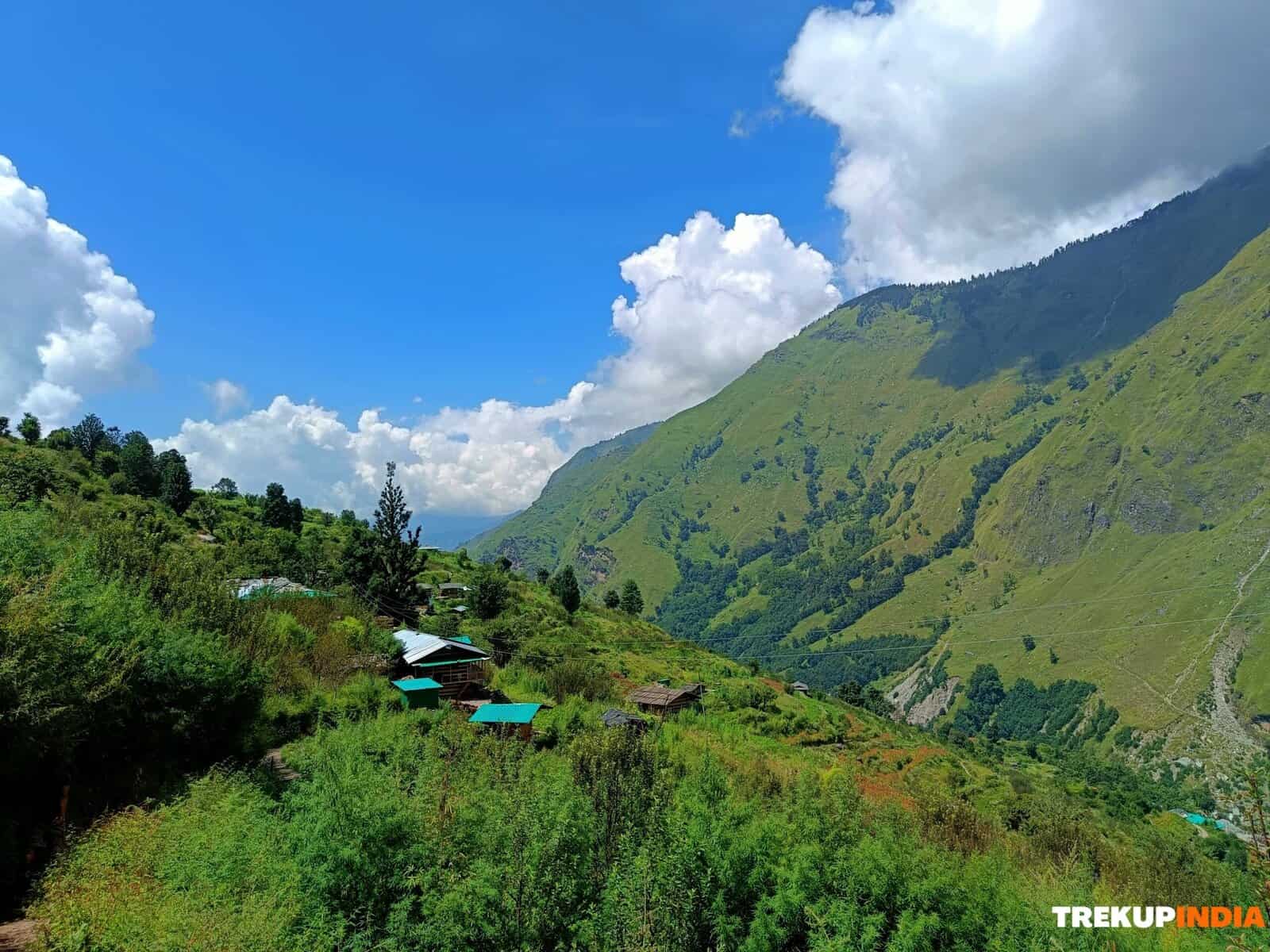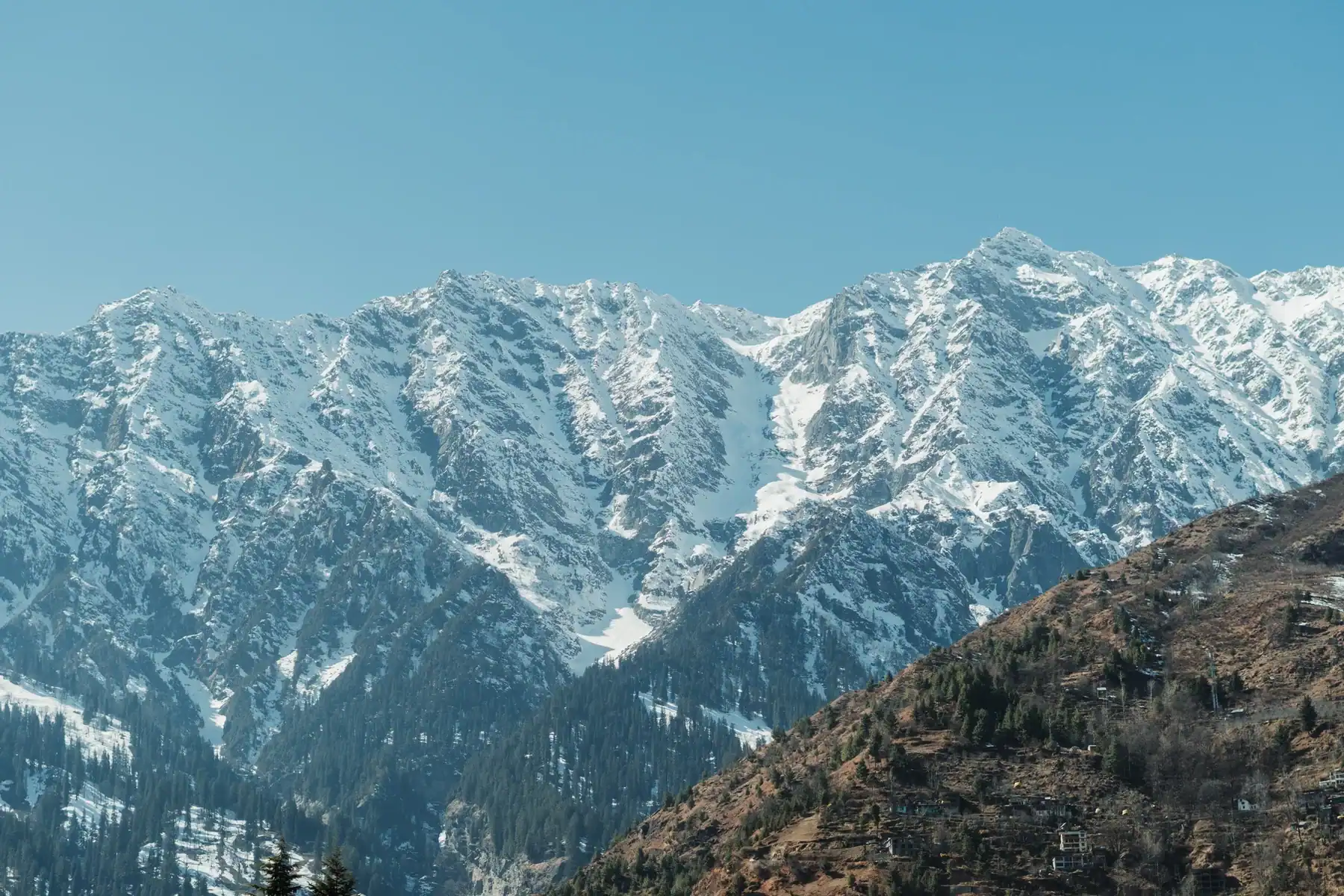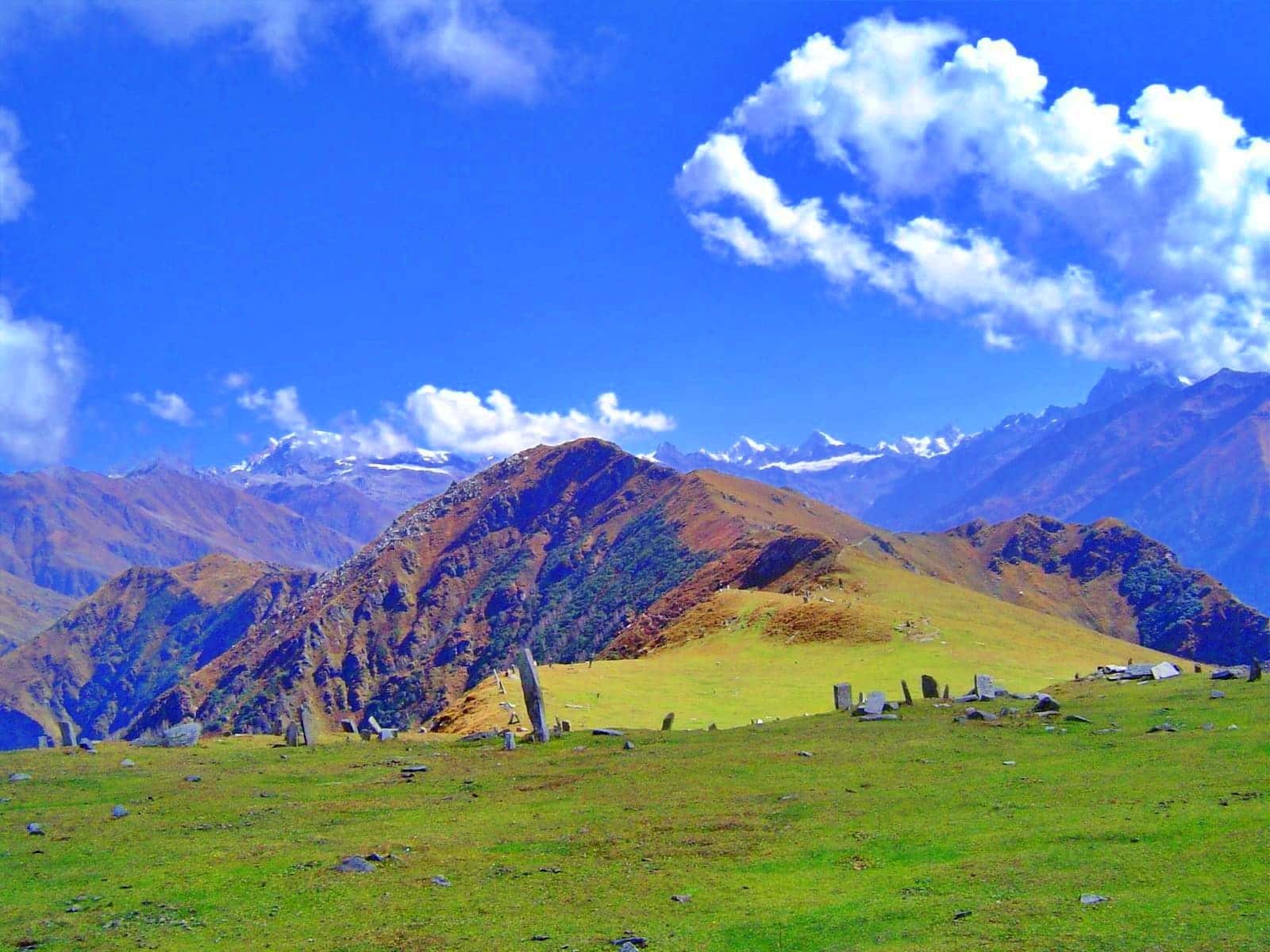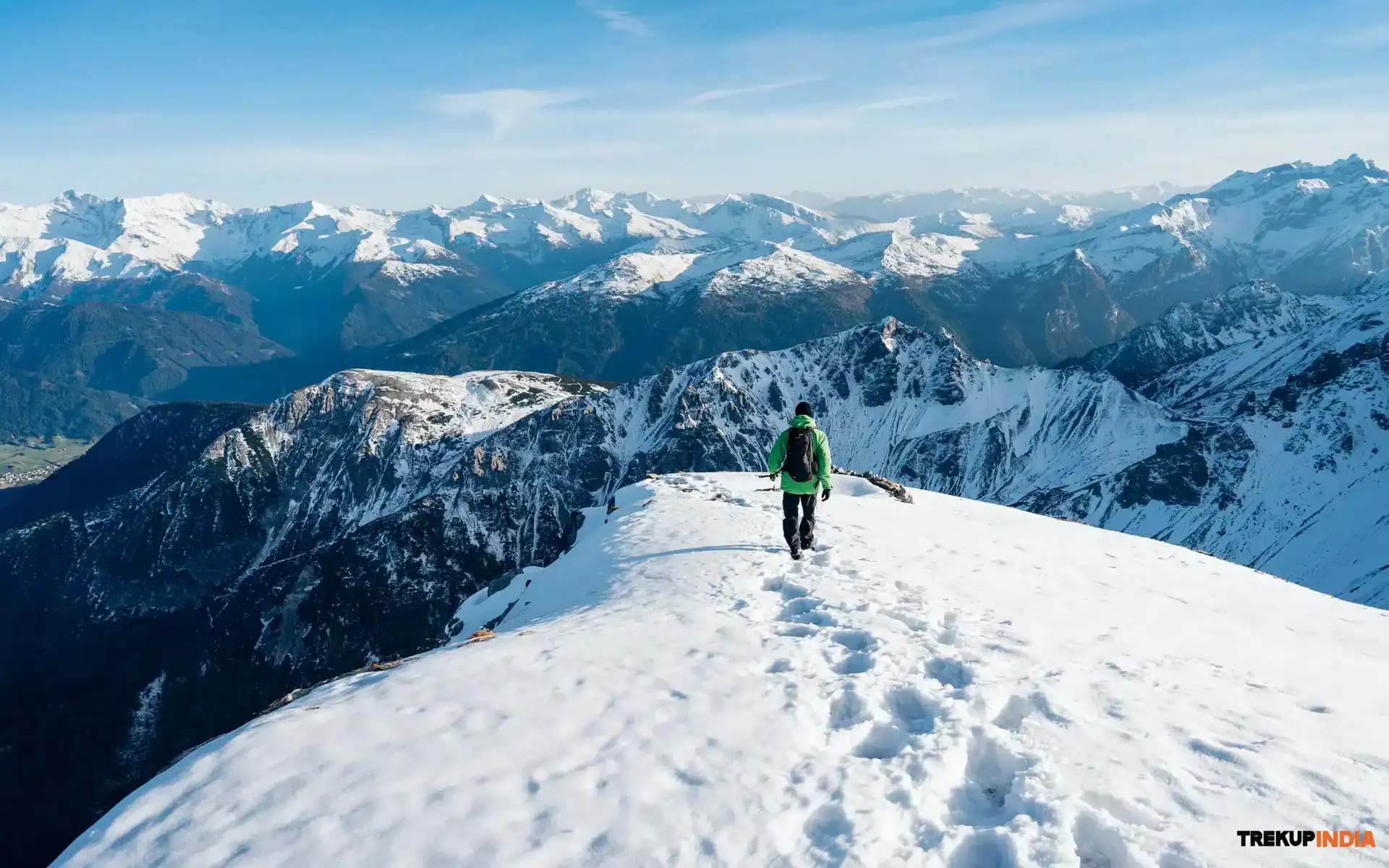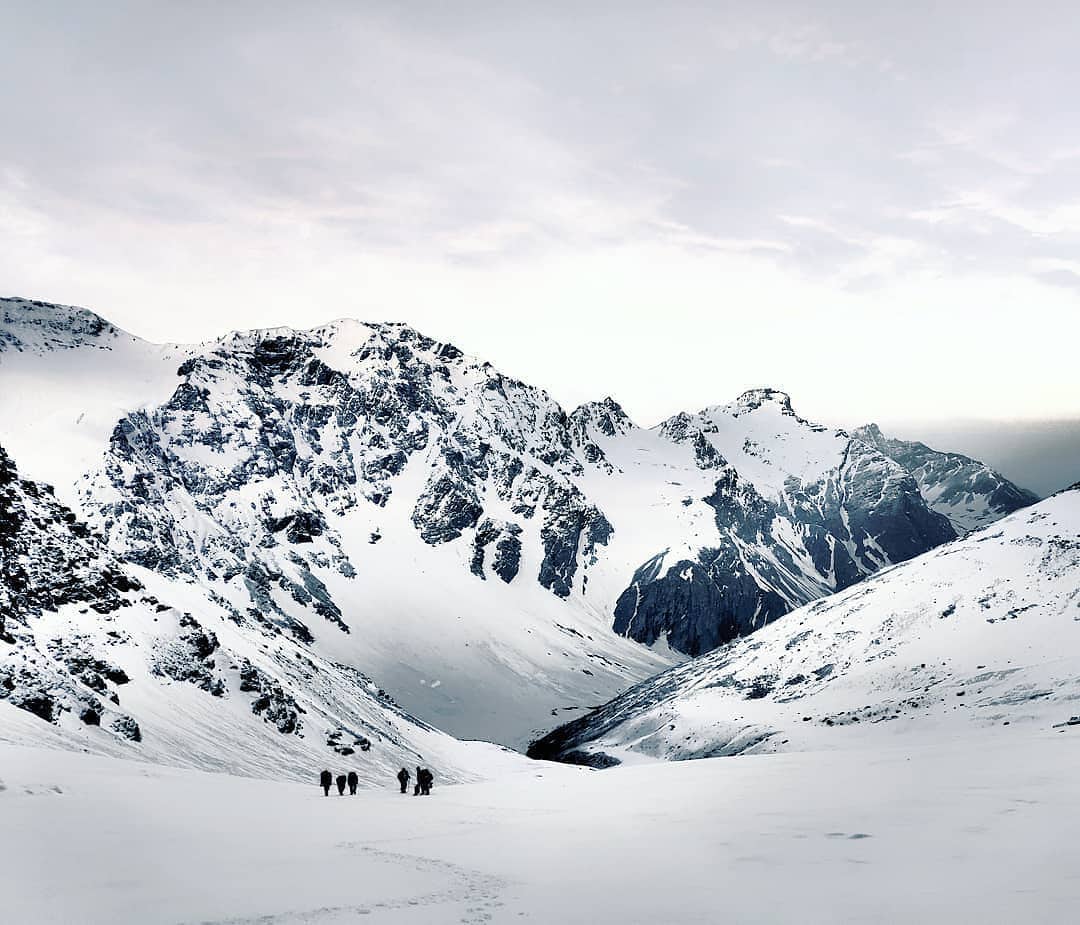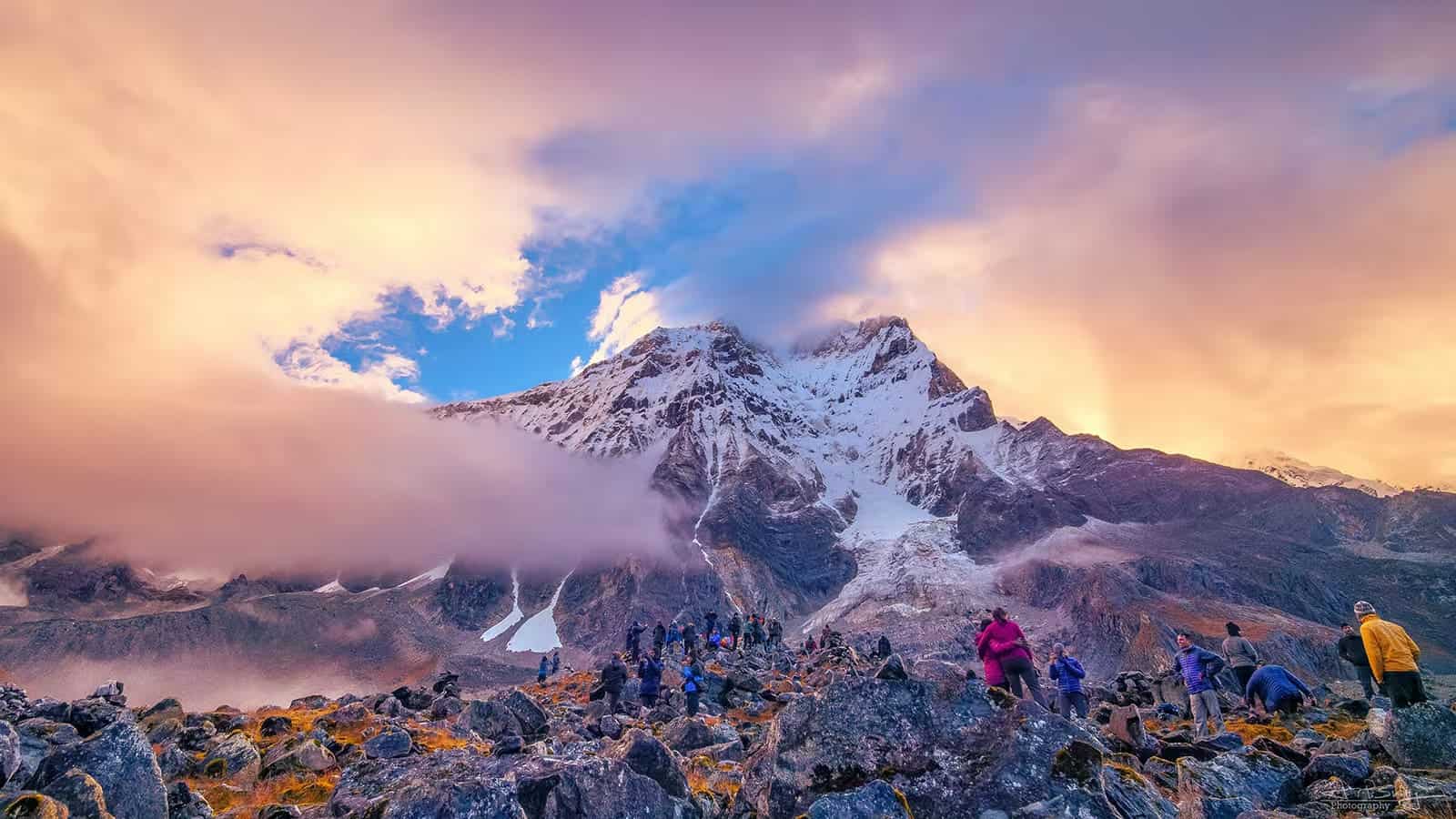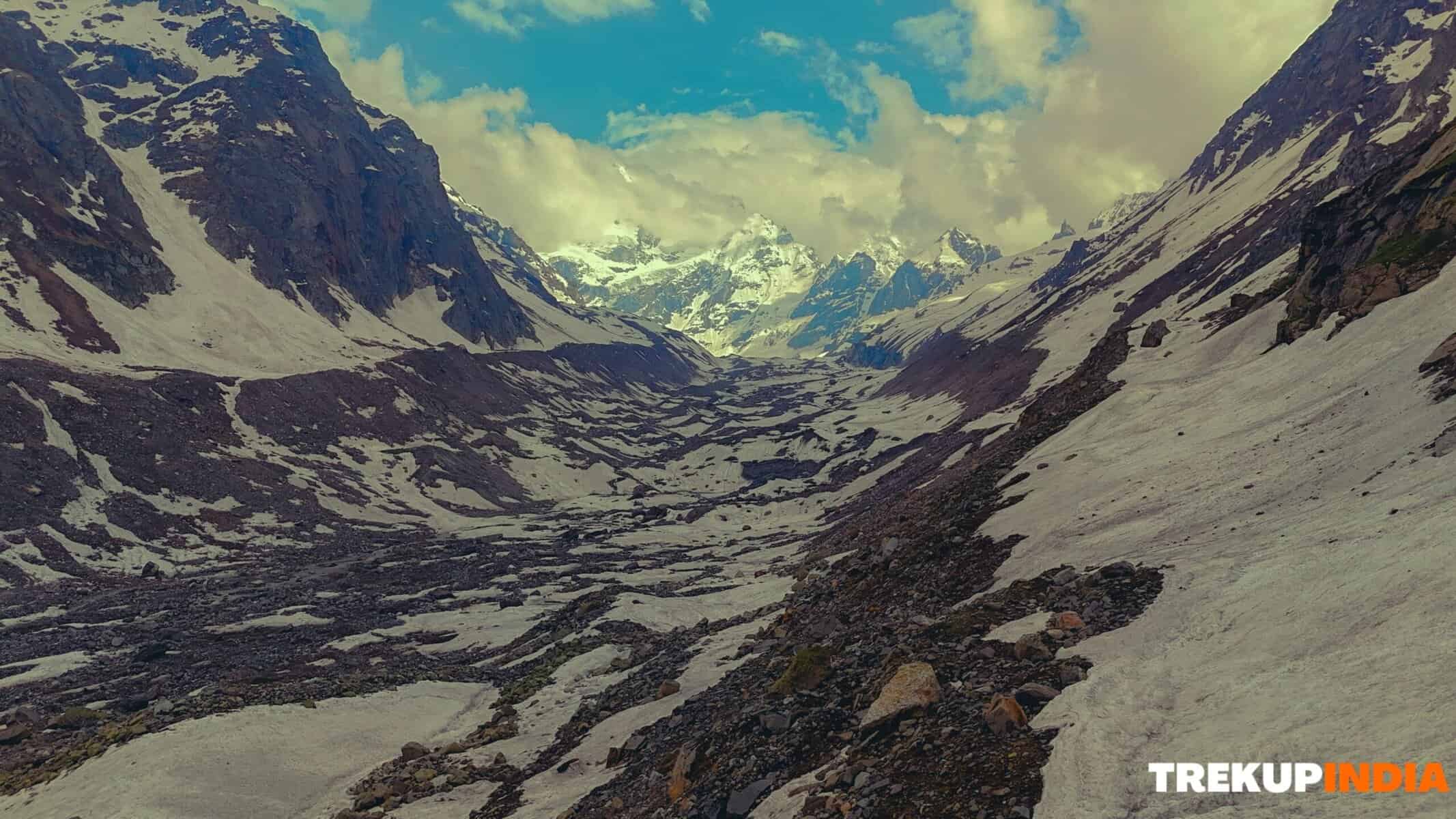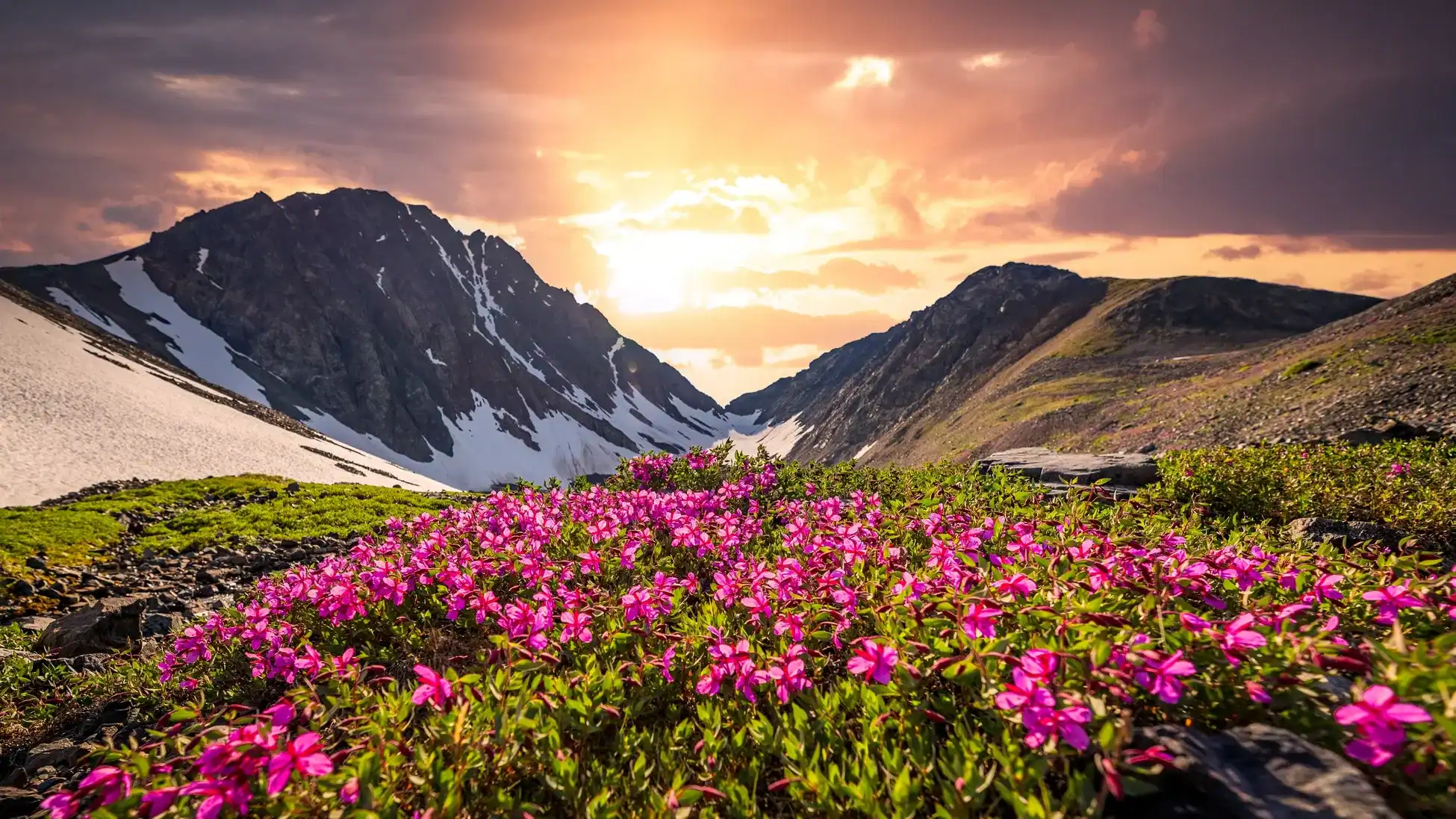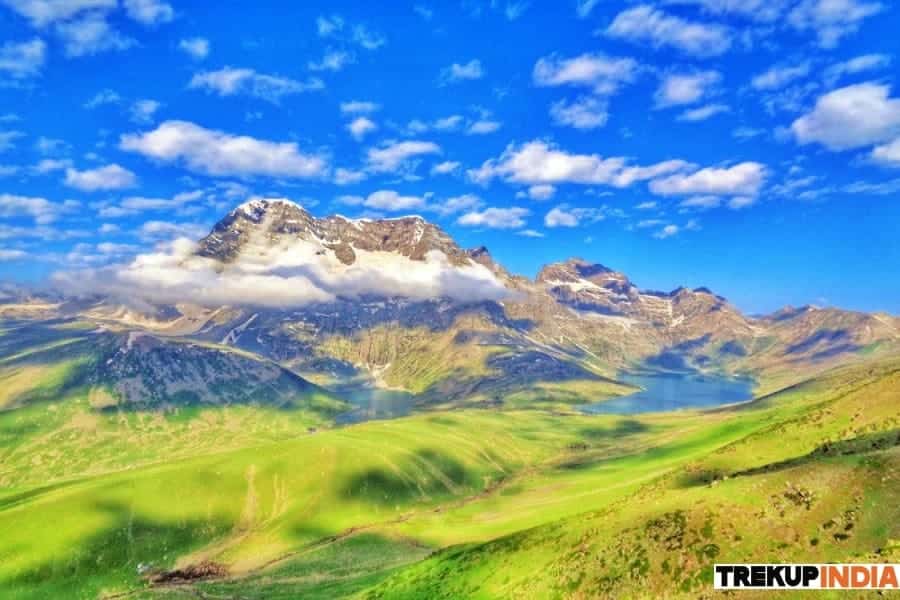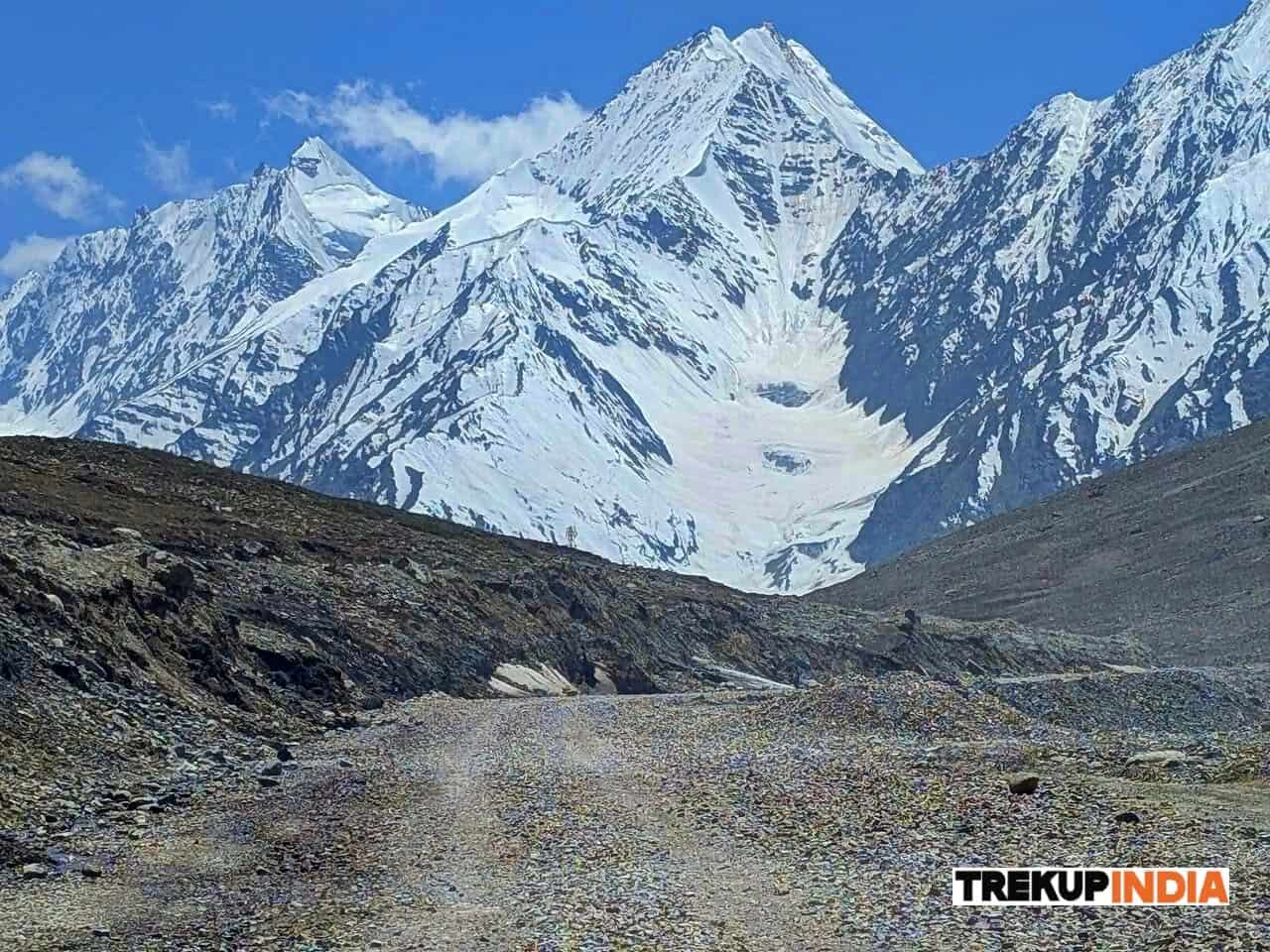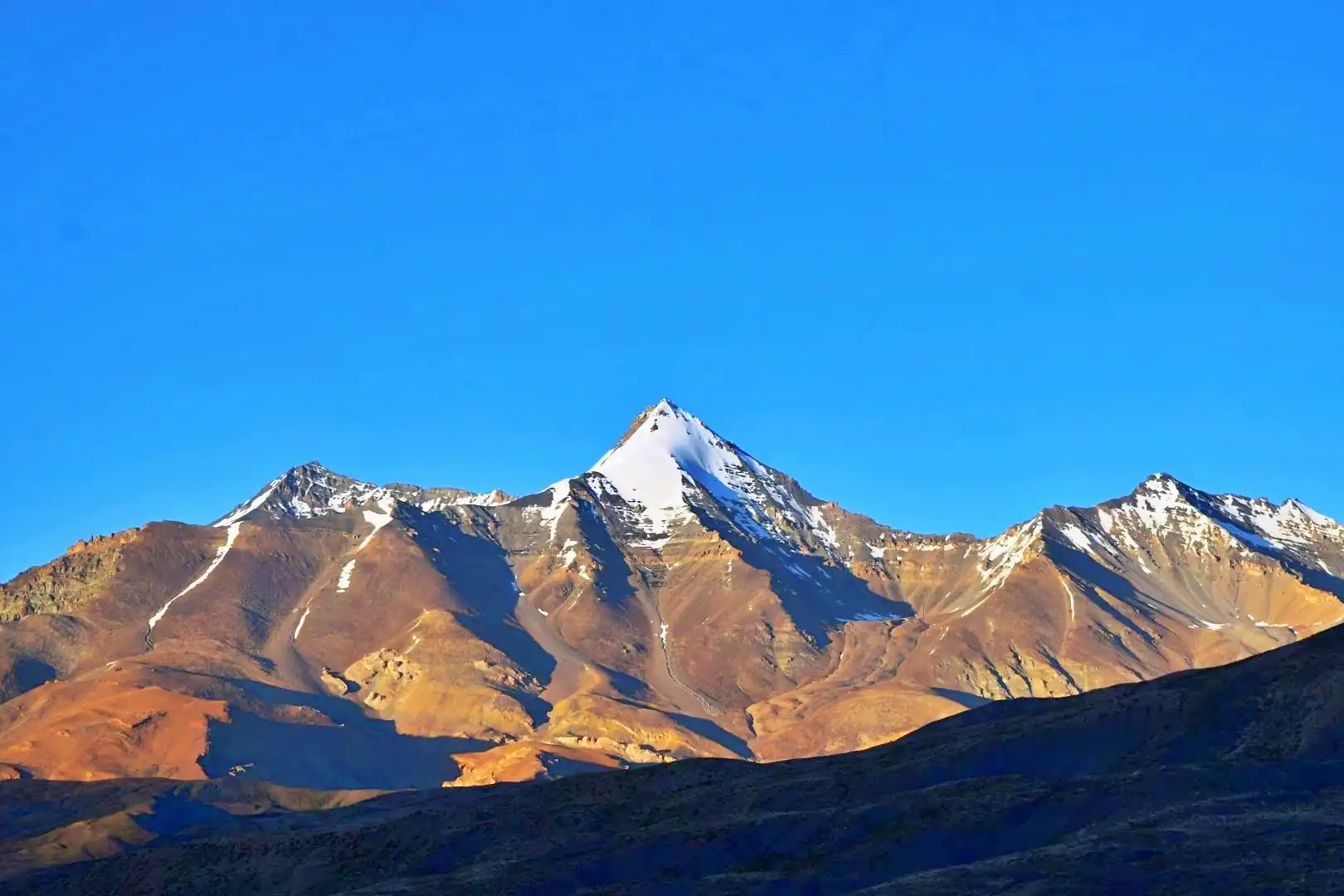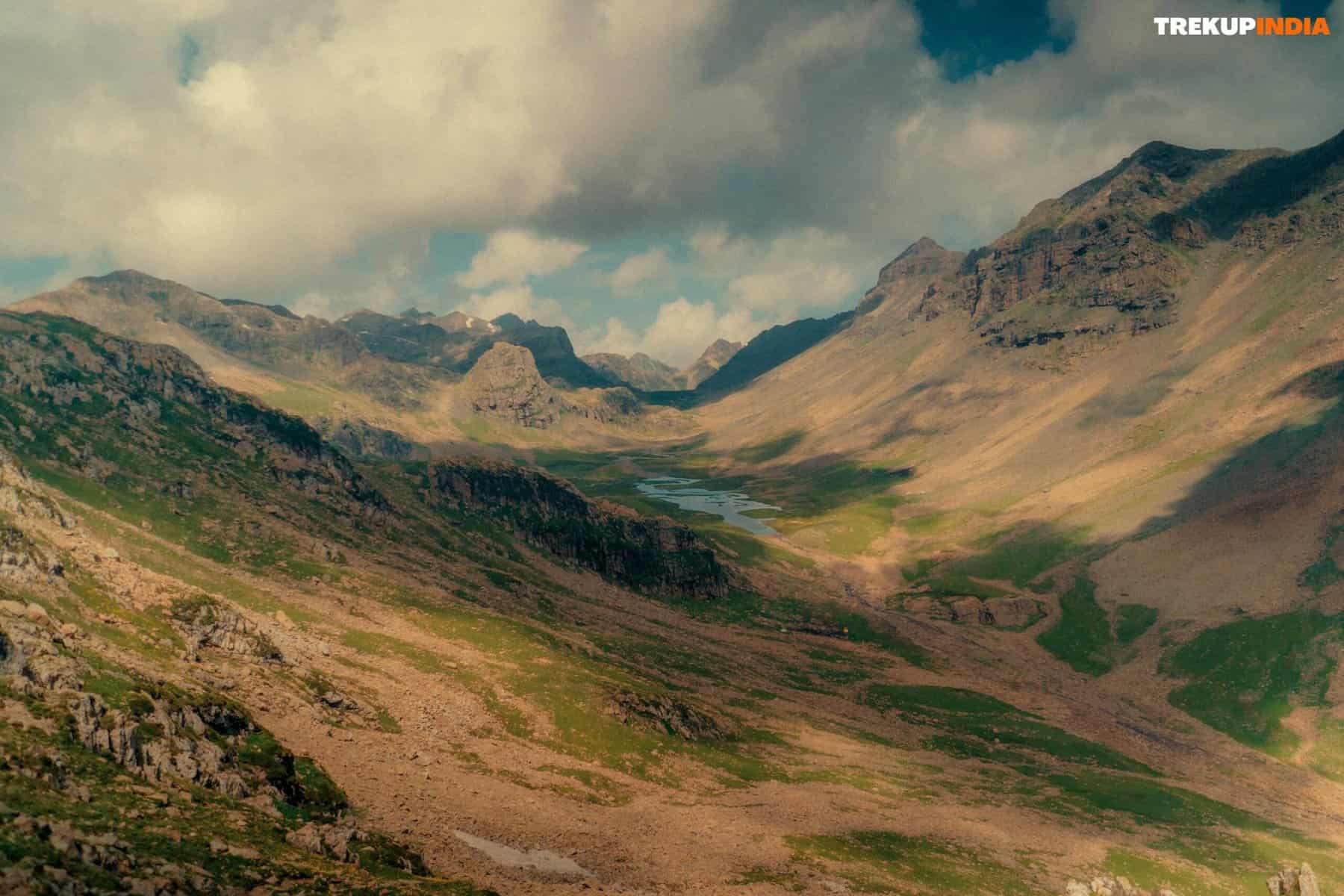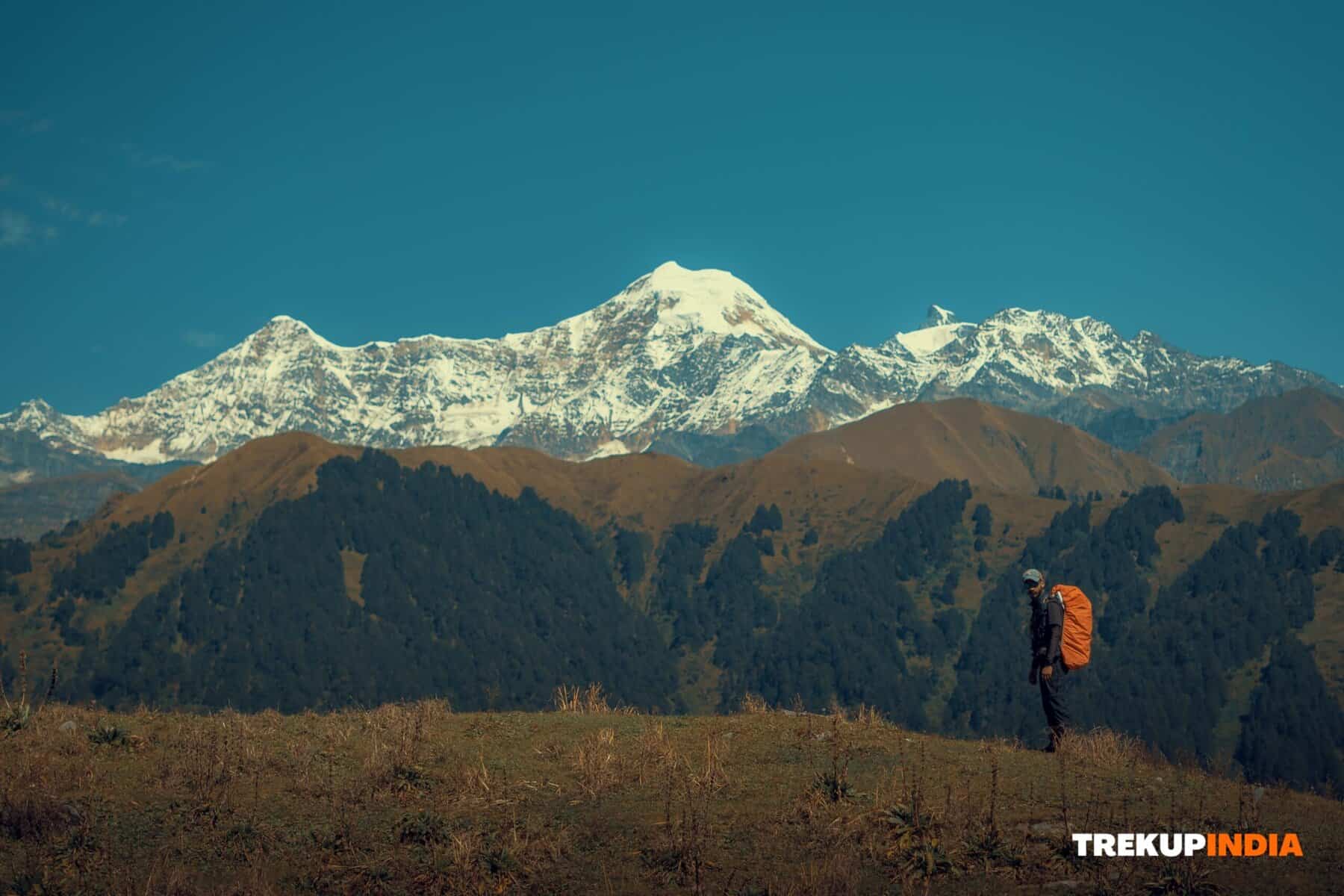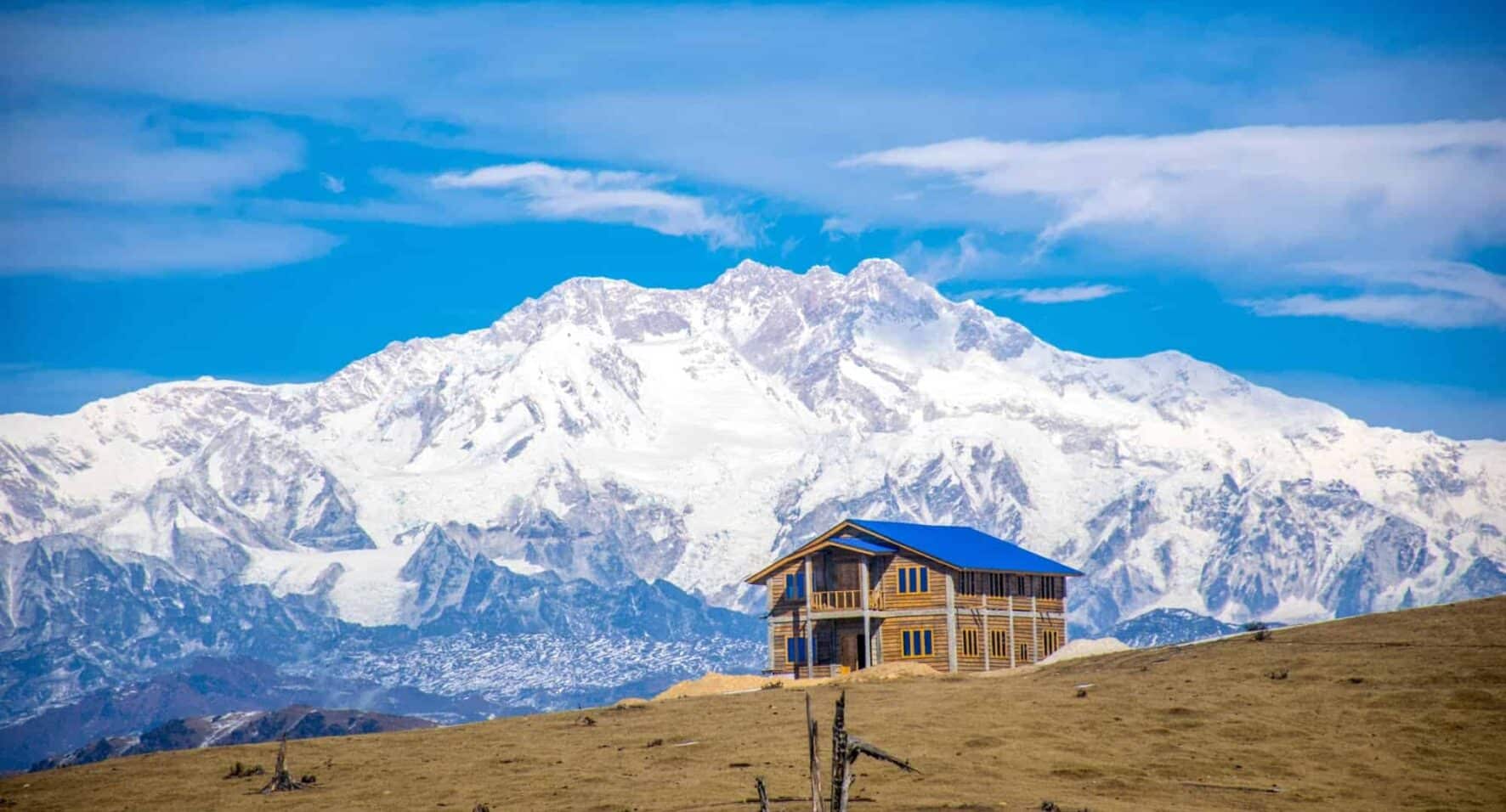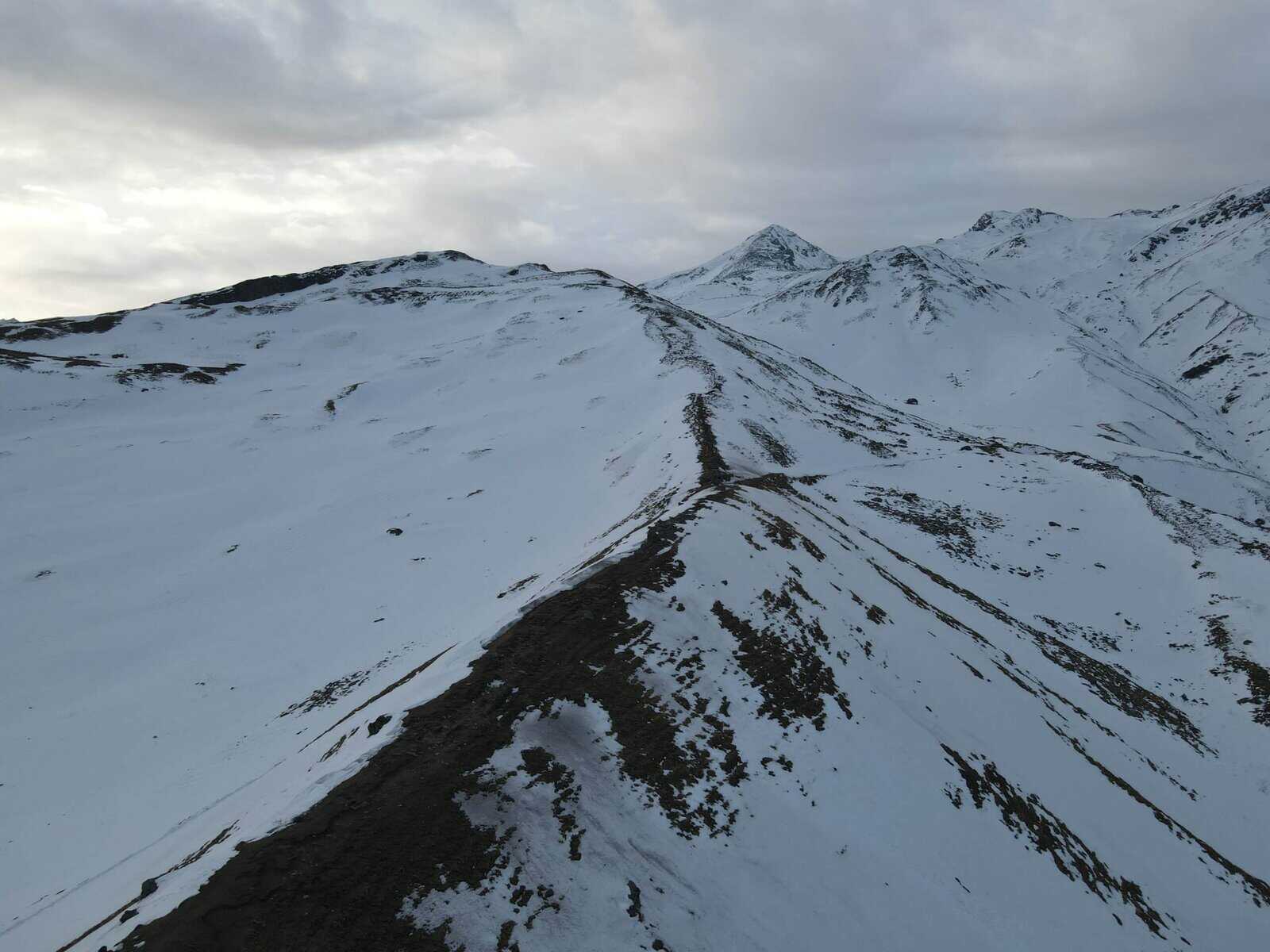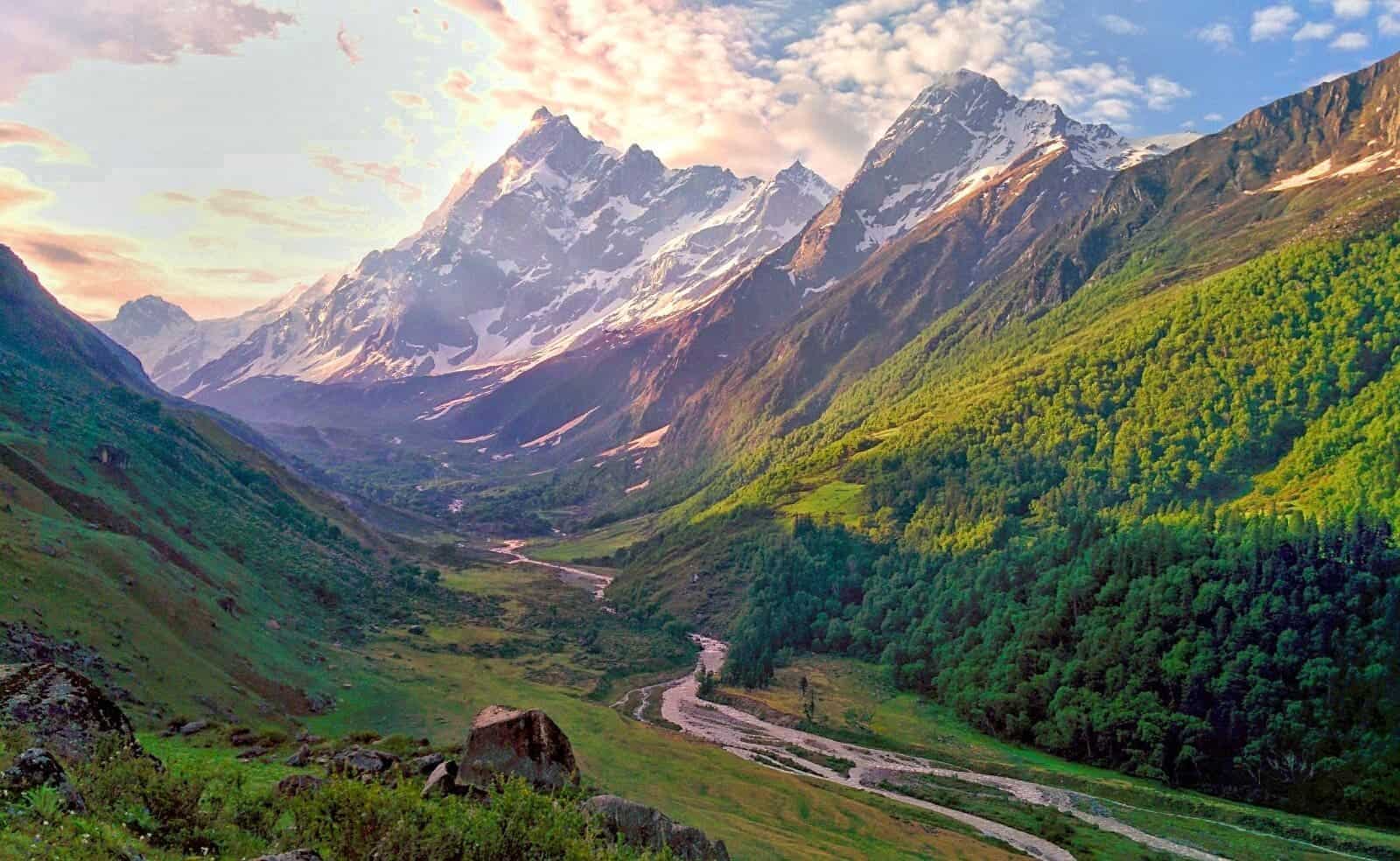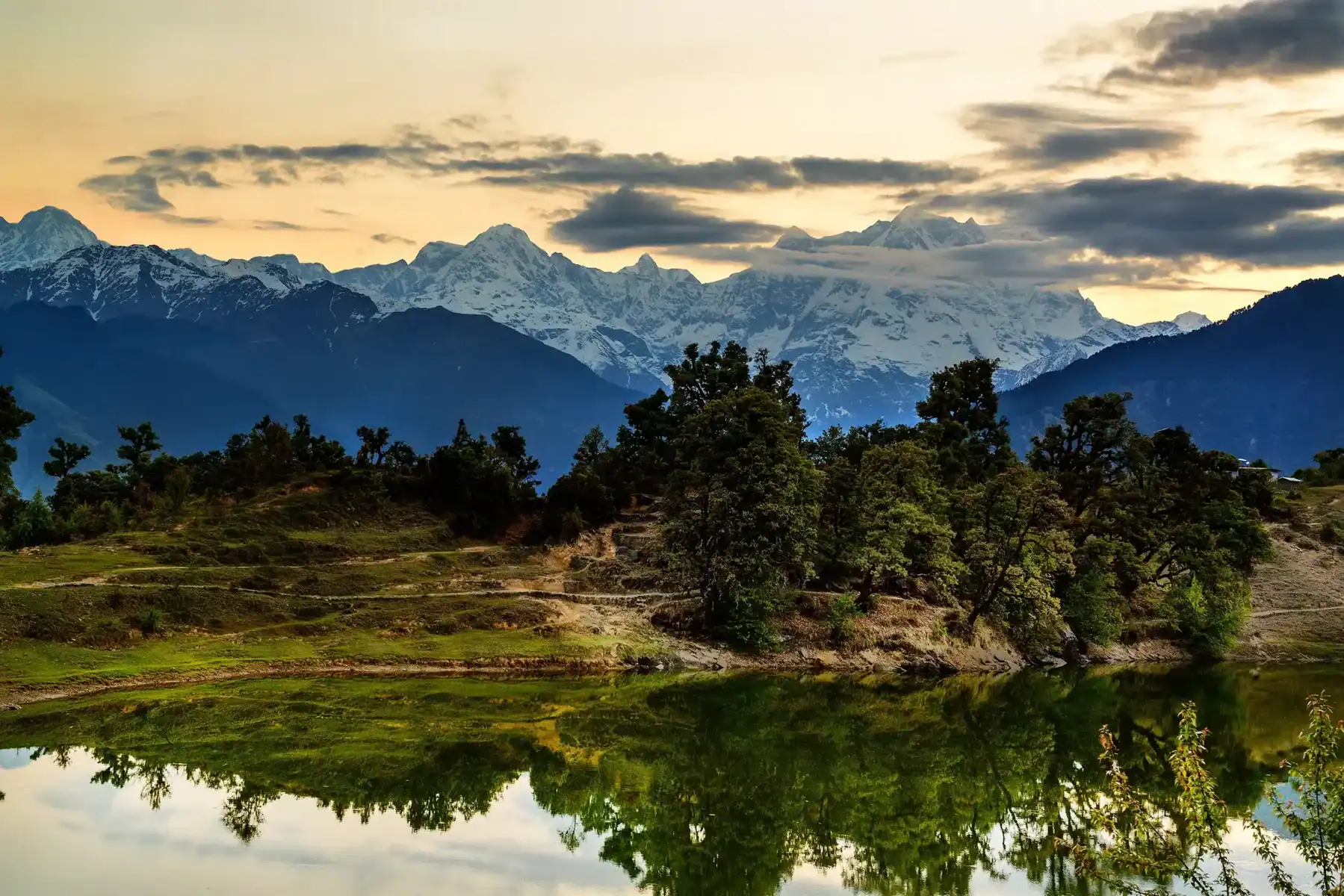What is Acclimatization And Why It Is Important?
Hello Trekkers!
Today, we’ll be discussing the important topic of acclimatization in the mountains. Acclimatization is the process by which our body gradually adjusts to changes in environmental conditions, particularly the reduced oxygen levels found at high altitudes.
As we ascend into the mountains, atmospheric pressure decreases, which results in a lower concentration of oxygen molecules in the air. This sudden drop in oxygen availability can be challenging, especially for individuals coming directly from sea level, since our vital organs are not immediately adapted to function under these low-oxygen conditions.
At high altitudes, the body can experience low oxygen saturation levels in the blood, a condition known as desaturation. Oxygen saturation refers to the percentage of hemoglobin in the blood that is bound to oxygen. With less oxygen in the air, this saturation naturally decreases.
However, with proper acclimatization, the body begins to adapt. One of the key adaptations is an increase in red blood cell production, which helps carry more oxygen and gradually stabilizes oxygen levels in the blood. This adaptation process typically takes a few days.
Neglecting acclimatization can lead to serious altitude-related illnesses, such as:
-
AMS (Acute Mountain Sickness)
-
HAPE (High Altitude Pulmonary Edema)
-
HACE (High Altitude Cerebral Edema)
It’s important to note that medical facilities are often limited in mountainous regions, so carrying a basic first aid kit and necessary medications is essential.
In summary: Take your time to acclimatize properly during high-altitude treks. It’s not just about comfort—it’s about safety and survival.
Always try to Ascent Gradually
Always try to ascend gradually—trekking is not a race.
Maintain a steady walking pace, and never rush, even if you are a very experienced trekker. It’s important to let your body adjust naturally to the altitude. Take your time, stay mindful of your surroundings, and most importantly, enjoy the beauty of nature while trekking.
Keep yourself hydrated
For better acclimatization, staying well-hydrated is crucial.
Aim to drink at least 4 liters of water per day while in the mountains. Due to the cold temperatures, many people tend to avoid drinking water, but this is a mistake. Even in cold weather, your body loses fluids—especially through sweating and breathing at high altitudes.
To maintain proper hydration, you can also consume hot soups and warm beverages, which are excellent alternatives to plain water in cold conditions. Try to regularly sip on these fluids throughout the day.
A simple way to check if you’re well-hydrated is to observe the color of your urine: it should be pale or clear. Dark yellow urine may indicate dehydration and should prompt you to increase your fluid intake.
Remember: drink as much water or fluid as possible to help your body adjust and avoid altitude-related complications.
Eat Well
The higher you go, the more your body requires carbohydrates for energy.
At high altitudes, your body works harder, so it’s important to consume a carbohydrate-rich diet to fuel your activities and support acclimatization. Avoid spicy, oily, and overly sugary foods, as they can be hard to digest and may upset your stomach. Eat balanced meals regularly and never skip them, even if you’re not feeling very hungry. Proper nutrition is key to staying strong and healthy in the mountains.
Sleep Well
Proper sleep is essential for your body to recover and prepare for the next day’s hike or altitude gain.
At high altitudes, sleep may be disturbed due to reduced oxygen levels, but rest is still critically important for acclimatization and overall well-being. Following the principle of “early to bed, early to rise” is especially helpful in the mountains.
Avoid sleeping during the daytime, as it can interfere with your night’s sleep and affect your body’s natural rhythm. Instead, try to stay active and expose yourself to daylight to help your body adjust to the new environment.
Regulating Body Temperature
Cover your body properly in the mountains to improve acclimatization.
Keeping yourself dry and retaining body heat is crucial at high altitudes. As you trek, you’ll likely perspire during the daytime, but it’s important to change into dry clothes once you reach your campsite. Wet clothing can cause your body temperature to drop, which disrupts the acclimatization process and increases the risk of hypothermia.
Additionally, drinking alcohol should be avoided during the acclimatization process. Alcohol causes blood vessels to dilate, which leads to increased heat loss through the skin. This can not only make you more susceptible to hypothermia but can also exacerbate the symptoms of Acute Mountain Sickness (AMS).
Finally, while Diamox (acetazolamide) can be used as a preventive measure against AMS, it should not be relied upon as a substitute for proper acclimatization. While Diamox may offer temporary relief, it does not address the underlying need for your body to adjust to the altitude. Acclimatization should always be your first line of defense against altitude-related illnesses.
About Author

Adhish (Head Of Mountain Experts)
Adhish was born and brought up in the Pauri Garhwal region. Since childhood, he has had an inclination towards Mountains. To fulfil this dream, Adhish did his Basic mountaineering Courses from Nehru institute of mountaineering, Advance mountaineering courses from Himalayan mountaineering institute Darjeeling and Skiing courses from ABVIM Manali. He has done various expeditions in the Himalayan region. And his love for mountains and adventure is never-ending. Make sure to get detailed help related to the Himalayan trek from him.


